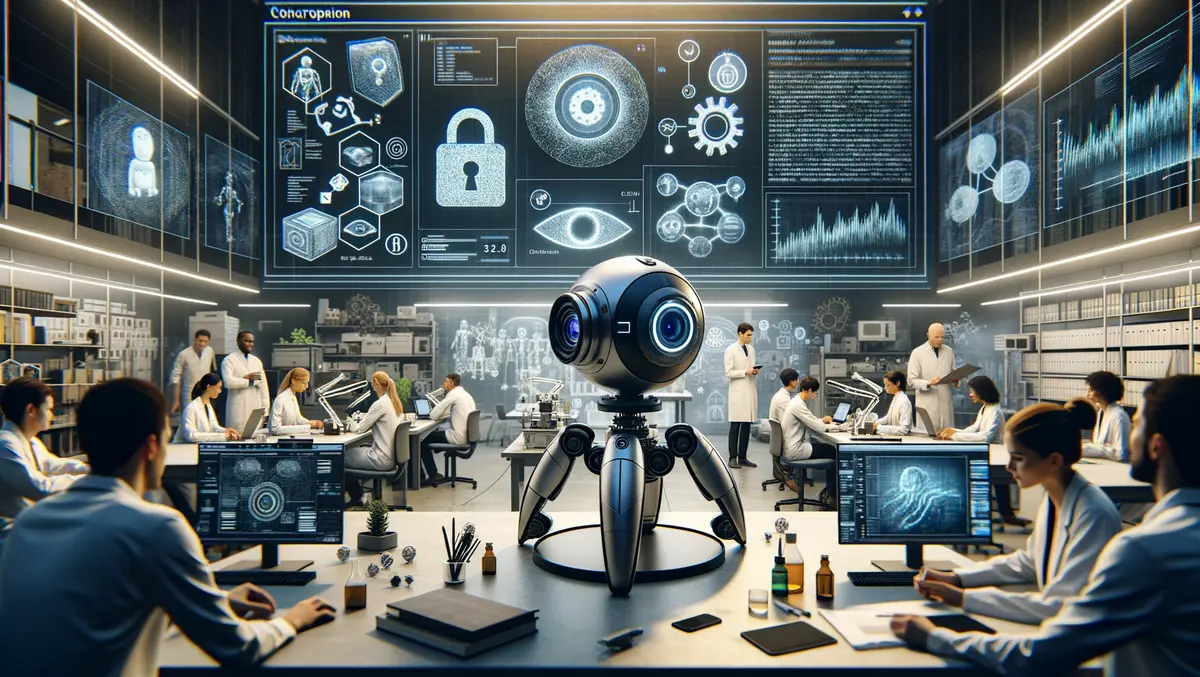
Australian researchers develop privacy-focused robotic cameras
Researchers from the Australian Centre for Robotics at the University of Sydney and the QUT Centre for Robotics (QCR) at Queensland University of Technology have developed an innovative approach to maintaining privacy with smart devices. This new method relates to the design of robotic cameras that process and scramble visual information before it is digitised, obscuring images to the point of anonymity.
With the continuous popularity of smart devices such as robotic vacuum cleaners, smart fridges, baby monitors and delivery drones, privacy has become a concern. These devices utilise camera-based vision capabilities to understand their surroundings and complete their tasks, potentially capturing images and videos of our lives in the process. The images could be at risk of theft by third parties due to cybersecurity attacks or human error.
The leading minds behind this breakthrough have presented a solution to this growing concern – developing secure fingerprints from distorted images. These manipulated images leave just enough information for robots to find their location, ensuring private data stays out of reach from potential cyber attackers. Despite the distortion, these images are still useful for robots to complete tasks without providing a comprehensive visual representation that may compromise privacy.
Adam Taras, who conducted the research as part of his Honours thesis, commented,"Smart devices are revolutionising the way we work and live our lives, but they shouldn't compromise our privacy and become surveillance tools". He added, "many of these devices don't require the same level of visual access to a scene as humans do. They need to measure very specific visual signals, such as colour and pattern recognition, to complete a task".
The researchers have managed to segment the processing component within the optics and analogue electronics of the camera itself, rather than inside a computer. Dr Don Dansereau, Taras's supervisor at the Australian Centre for Robotics, clarified, "We go one level beyond to the electronics themselves, enabling a greater level of protection. The key distinguishing point from prior work is that they obfuscated the images inside the camera's computer leaving the images open to attack".
With privacy becoming an increasing concern due to the ubiquity of devices with built-in cameras, the researchers are optimistic that this approach could be applied to devices operating in places where privacy and security are of concern – warehouses, hospitals, factories, schools, and airports.
Capping off the research, Professor Niko Suenderhauf, Deputy Director of the QCR, who provided advice on the project, said, "Current robotic vision technology tends to ignore the legitimate privacy concerns of end-users. This is a short-sighted strategy that will slow down or even prevent the adoption of robotics in many applications of societal and economic importance. Our new sensor design takes privacy very seriously, and I hope to see it taken up by industry and used in many applications".


